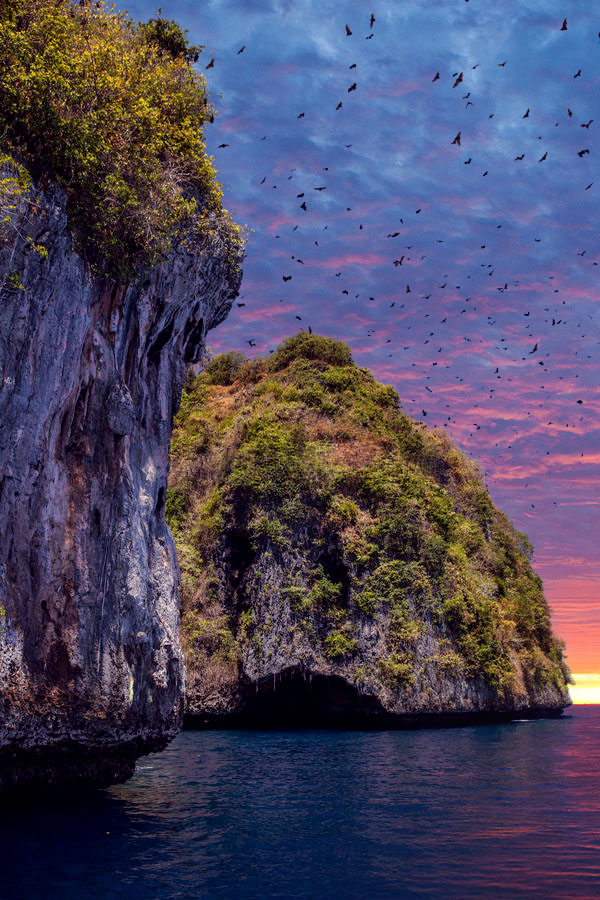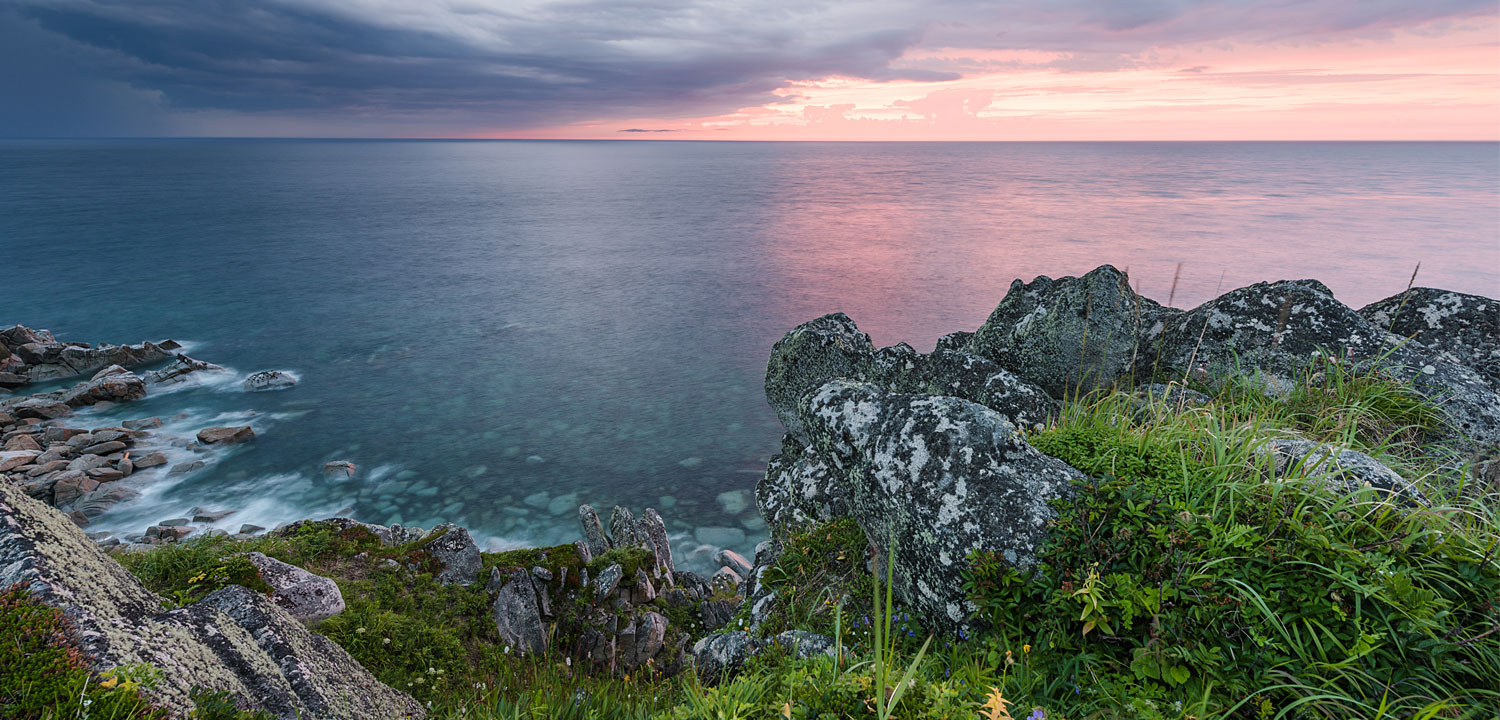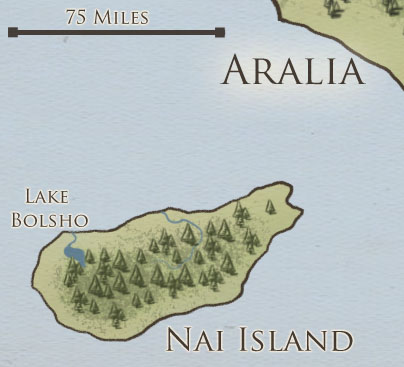Nai Island
Nai Island is actually a redundant name, as 'nai' is just the Dàni word for 'island'. It was what they called the largest island off their coast, while the locals simply call it Kundiu, meaning 'home'.
Currently, the Nai people make the island their home. They have little contact with the rest of the world and are happy to maintain a traditional lifestyle with no major settlements. The seas around the island teem with salmon in the spring, so fishing boats from the Kingdom of Aralia frequently lurk in the bay and sometimes set up seasonal encampments on the coast. They have minimal interaction with the locals and mostly leave each other alone.
Geography
The small island was part of Kaabara's mainland in the past, before rising sea levels cut it off. Its north coast is smooth and sandy, and gets progressively rockier around the east and west edges before becoming low cliffs along the south. The island is ringed by meadows with a dense spruce forest in its interior.
There is one small lake in the west, which is slightly salty. It's connected to the ocean via a short river that rivers through the beach. It's fed by a spring, but during seasons of heavy rain, the river overflows and forms a delta over the sandy beach.
The island is in a geologically active region. It has no volcanoes, but occasionally suffers from earthquakes or tsunamis generated nearby.
There is one small lake in the west, which is slightly salty. It's connected to the ocean via a short river that rivers through the beach. It's fed by a spring, but during seasons of heavy rain, the river overflows and forms a delta over the sandy beach.
The island is in a geologically active region. It has no volcanoes, but occasionally suffers from earthquakes or tsunamis generated nearby.
Fauna & Flora
The most common plant is the spruce tree, which covers the interior of the island. The meadows around the edge are made up of hardy grasses and low-lying flowers. Plants here must be able to withstand the long, freezing winters.


Fruit Bats Over Limestone Cliff by Ethan Daniels
The largest predator on the island are humans. Small predators include foxes, martens, and otters. The rocks and beaches are often covered in seals.
Many flightless birds make their home here, with nests hidden under grass throughout the meadow. Rockhopper birds have covered most of the rocks around the coast in white. They build their nests among the rocks and dive into the shallows to catch fish. The lake is a popular spawning ground in the fall for smelts.
The southern coast is home to oceanic bats. Approaching the island from the south sometimes gives travellers the impression that the cliff face is moving, but it is actually the sight of thousands of bats roosting in nooks and crannies along the cliff. Every day at dusk, they take flight from the cliff like a cloud of smoke and descend upon the waves to catch fish.
Many flightless birds make their home here, with nests hidden under grass throughout the meadow. Rockhopper birds have covered most of the rocks around the coast in white. They build their nests among the rocks and dive into the shallows to catch fish. The lake is a popular spawning ground in the fall for smelts.
The southern coast is home to oceanic bats. Approaching the island from the south sometimes gives travellers the impression that the cliff face is moving, but it is actually the sight of thousands of bats roosting in nooks and crannies along the cliff. Every day at dusk, they take flight from the cliff like a cloud of smoke and descend upon the waves to catch fish.
Cover image:
by
Wild Salmon Centre



